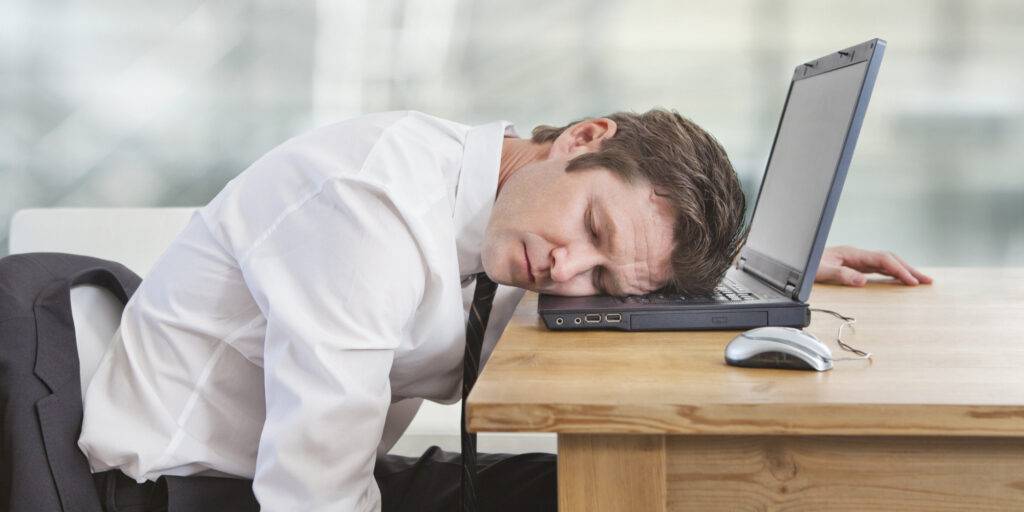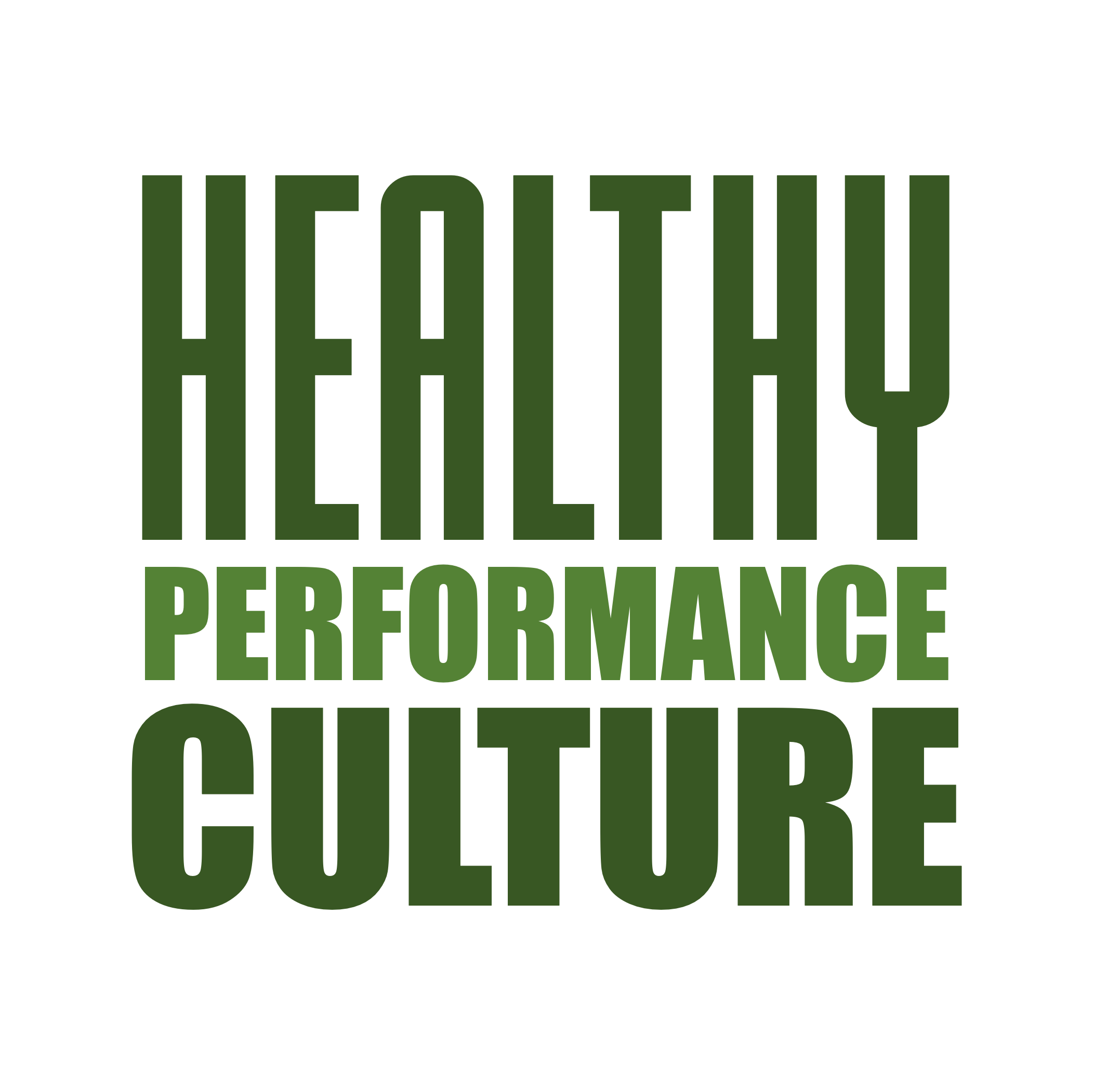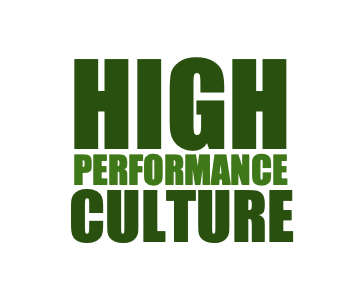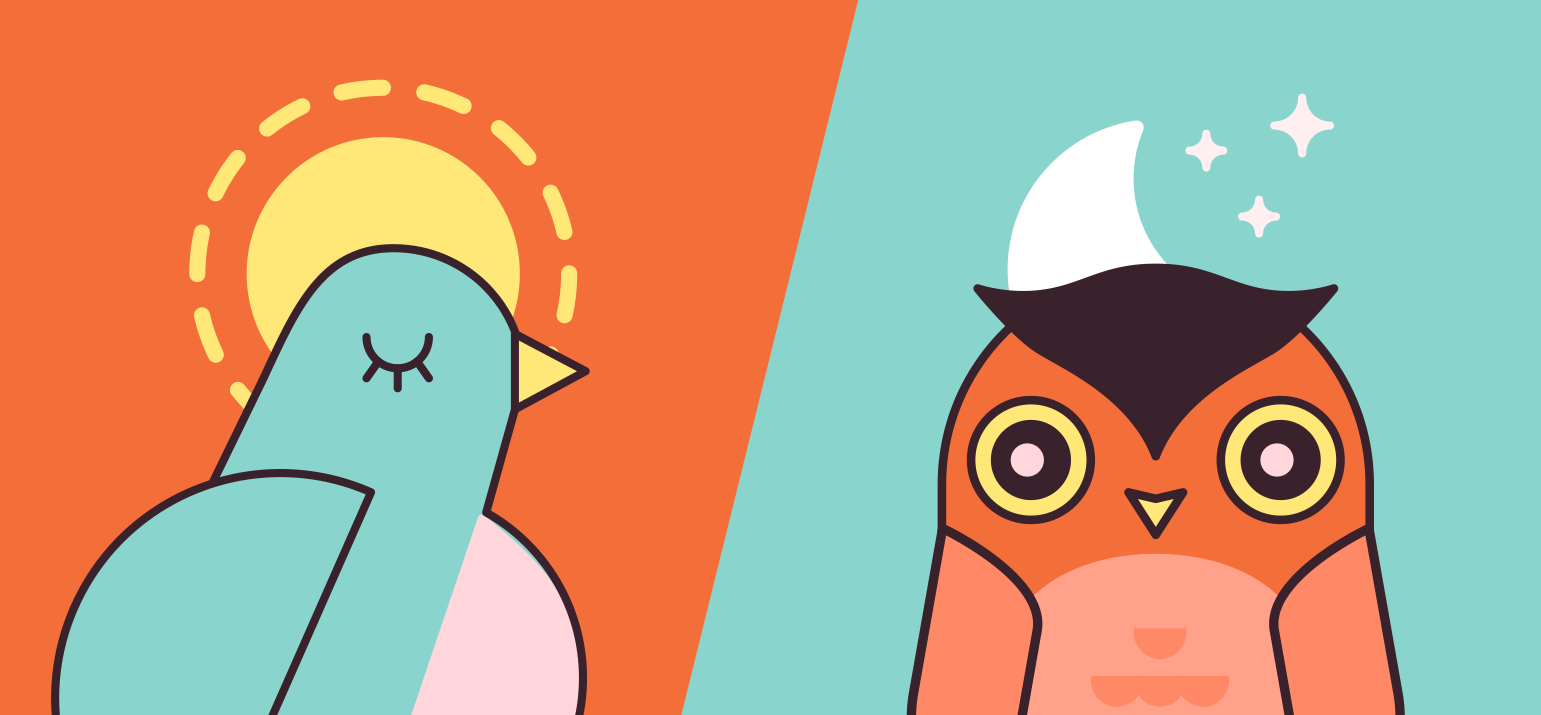Your answers to these brainteasers might impacted by the time of day
- Meet Linda. She’s a 31 year old, single, outspoken, and very bright. In college, Linda majored in philosophy. As a student, she was deeply concerned with issues of discrimination and social justice, and participated in antinuclear demonstrations. Before I tell you more about Linda, let me ask you a question about her. Which is more likely?
- Linda is a bank teller.
- Linda is a bank teller and is active in the feminist movement
- Ernesto is a dealer in antique coins. One day someone brings him a beautiful bronze coin. The coin has an emperor’s head on one side and the date 544 BC stamped on the other. Ernesto examines the coin, but instead of buying it, he calls the police. Why?
I read these 2 brainteasers in one of my new favorite books “When: The scientific secrets of Perfect Timing” by Daniel Pink. Most business books you read today focus primarily on the Whos, the Whats, and the Whys of strategy. Who are primary stakeholders or key customers? What is your core differentiation from your competitors? Why does your company exist, and why should your employees be proud to work for your company? But Pink’s new book focuses on an often forgot aspect of strategy: When.
Your mood changes throughout the day
I am probably not surprising you by stating that you are not the same throughout the day. You already know if you are a morning person or a night person. Or if you are more productive at 11am vs 2 pm. We know these things in our gut, but most of us don’t know the science underpinning of these shifts in our moods and abilities.
One study by Daniel Kahneman (Nobel winning Economist) and Alan Krueger (former chair of White House Council of Economic Advisors) looked at how a person’s mood fluctuated throughout the day. They found that people generally had a stronger positive mood and outlook in the morning hours, followed by a significant rise in negative emotions in the afternoon, and then a rebound of positive emotions in the evening.

This consistent twin peak pattern has been replicated by many other studies, and is now referred to as a peak-trough-rebound pattern. For example, a study of 500 million tweets from over 2.4 million users across 84 countries. It didn’t matter if it was man, woman, Chinese, American, Jewish, or atheist. Tweets during a person’s peak or rebound were more engaged, happy, hopeful, and confident. While tweets during a person’s afternoon were more angry, lethargic, or filled with guilt.
Why this matters
Now some of you might be wondering why I am sharing this with you. You don’t tweet, and you think your mood has little impact on how you do your job. But you would be wrong.
One study analyzed more than 26,000 earnings calls from more than 2,100 public listed companies over 6½ years. The researchers found that “Calls held first thing in the morning turned out to be reasonably upbeat and positive. But as the day progressed, the tone grew more negative and less resolute. In the afternoon, negativity deepened further.” This shift in mood actually impacted the subsequent stock prices of the companies. “Shares declined in response to negative tone, even after adjusting for actual good news or bad news, leading to significant stock mispricing for firms hosting earning calls later in the day.”
Think about that when you are trying to schedule your next team meeting, customer event, or any strategically important meeting (all hands meeting, board meetings, etc…). If your meeting is held at the right time, you have a greater chance of it being a successful meeting.
Your ability to make decisions also depends on the time day

But it’s not just your mood that is impacted by the time of day, your ability to think, make decisions, and analyze problems also change throughout the day. For example, the Linda brainteaser is an example of an analytical problem that can be solved by logic. If you truly sit down and analyze the problem, you realize that answer A is correct. Feminist bank tellers is a subset of the larger group of bank tellers, so logic would dictate that answer A is statistically more likely, but that didn’t stop a lot of people from incorrectly choosing B.
In fact, the time of day was one of the biggest predictors of whether or not someone chose the right answer. For example, one study found that people that answered the question at 9 a.m. were significantly more likely to answer the question correctly, and people who answered the question 8 p.m. were more likely to get it wrong. People in their morning peak were more analytical than they were at other parts of the day, and this pattern was also found to impact everything from learning, to being more ethical, to not falling victim to judging people based on stereotypes.
Testing in the morning is better than testing
Research on standardized tests in schools have shown that students who take a test in the morning score better than students who take the test in the afternoon. For every hour later in the day the test is administered, the scores drop. The studies have shown that “the effects of the later in the day testing were similar to having parents with slightly lower incomes or less education, or the student having missed two weeks of school that year.
In the afternoon trough, we are really not at our mental best. Some researchers have even demonstrated the difference between your peak and trough is equivalent to the effect of drinking the legal limit of alcohol. And others have found up to 20% of the variance in human performance has been attributed to the time of day.
What should you do.
So should you just go home at lunch? The answer is No, because in the afternoon your creative brain is more active, and you are much more likely to gain critical insights into your work. For example, the Ernesto brainteaser is not based on pure logic like the Linda teaser. It requires a kind of ‘A-ha’ moment where you realize that coin makers in 500 BC would not have known that they were ‘Before Christ’. And that is why more people answer this brainteaser correctly in the afternoon
In peaks our minds are active and in control, but in the toughs our minds are looser and more open for distraction. It is this looseness that leads to more ‘lightbulb’ moments or sparks of creativity. So when you are planning your day, take your peak and trough into account. If your team needs to make a critical decision, then meet in the peak time, but if your team needs to brainstorm new solutions meet in the trough time. Plan a new customer proposal in your trough, but meet the customer in your peak. Taking advantage of your peaks and your troughs will help you not only make the best decisions, but also have more of those elusive ‘a-ha’ moments.
But what if you know you’re not great in the mornings

Roughly 75% of humans follow this pattern of peaking from around 9-12, being in a trough from 2-5, and then rebounding around 7 until bed. This finding is amazing, because very few things can be found across 79% of the global population. But what about that other 21%? What kind of pattern do they follow. The remarkable truth is that the remaining 21% of humans also follow the peak/trough/rebound pattern, the only difference is they do it in the reverse order.
Researchers dub these kinds of people night ‘owls’ (not surprisingly), as they peak in the evening. Overall, these owls have are the opposite in the different research studies. Owls who take the Linda quiz at 8 p.m. were more likely to get the correct answer, while those who took it at 9 a.m. were more likely to make a mistake. They also learn better, are more ethical, and don’t fall victim to stereotypes in the evening, but not in the morning. Owls also have their peaks of creativity and flashes of illuminance in the morning. So while 4/5th of the world follow one type of pattern, the remaining 1/5th follow the complete opposite pattern.
What time is best for you?
If you want to identify which type of day person you are, answer these 3 questions part of the Munich Chronotype Questionnaire.
- What time do you usually go to sleep?
- What time do you usually wake up?
- What is the middle of those two times – that is, what is the midpoint of your sleep? (For instance, if you typically fall asleep around 11:30 p.m. and wake up at 7:30 a.m., your midpoint is 3:30 a.m.)
Once you calculate your midpoint time, match it to the chart below. 14% of people are true early chronotypes (called Larks), who are people who peak slightly earlier in the morning (like 7 to 9). While 21% of people will be an Owl, who peak in the evenings. But most likely you will be in the middle group (65%), which researchers refer to as a ‘third bird’ (apparently they weren’t that creative with naming the category). And it’s the third birds who follow the patterns described above, peaking around 9-11, troughing in the afternoon, and rebounding in the evening.

How you and can take advantage of these daily patterns

Once you know which type of person you are, you can easily schedule your day to take advantage of your strengths. Daniel Pink provided a simple table in his book:

And for people who are not always in control of their schedule, there are also some things you can do. First of all you need to be aware if you are operating at a suboptimal time. If you are an owl, then you might not be able to avoid an early morning strategy meeting. But in those situations, you should prepare ahead of time. Spend the evening before walking through your thoughts, and making notes for yourself. It may sound silly to prepare like this, but remember that performing some cognitive tasks at your sub optimal time is similar to performing after having a few drinks.
It is clear, timing matters. The more you can match your optimal times with your schedule, the better you will perform, and there are a lot of simple and pragmatic ways you can take advantage of this phenomenon. At minimum, you should conduct all your critical meetings and communications with customers before noon. If you don’t there is a significantly higher risk you are presenting your organization in a negative light.
Cary Bailey–Findley has built High Performance Cultures within three Fortune 500 companies, and was awarded the ranking of #1 development organization in the world by the Association of Talent Development. He is currently the Talent Manager for SimCorp, but spends his free time helping startups scale up the the talent they need to succeed.




Add a Comment